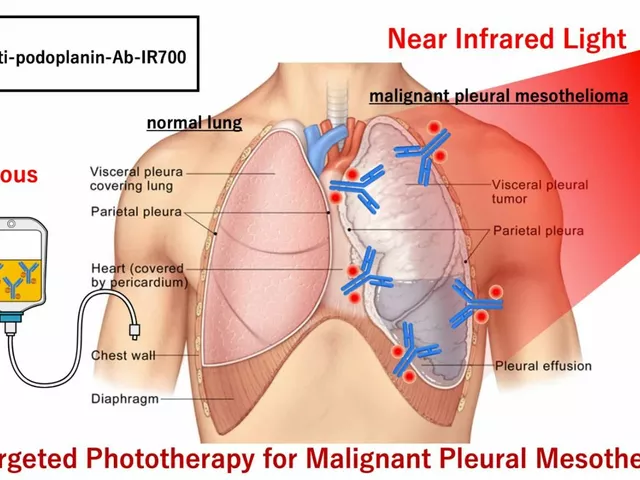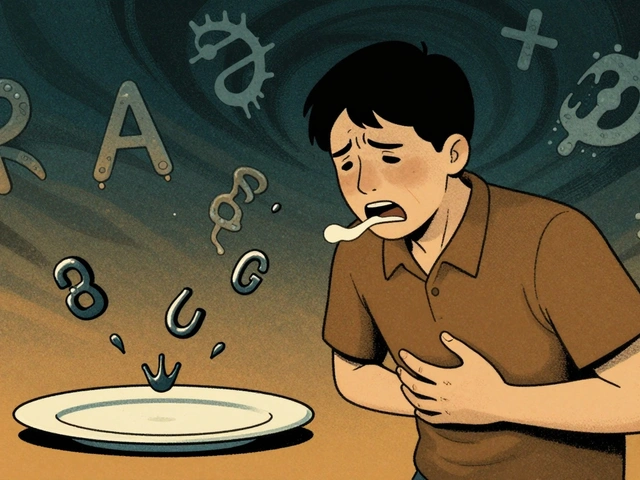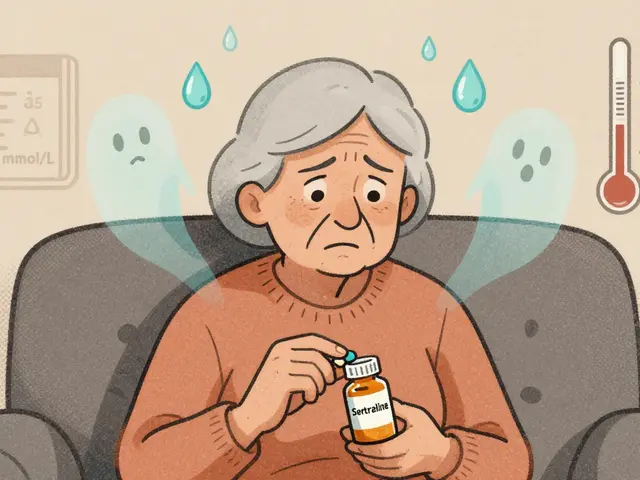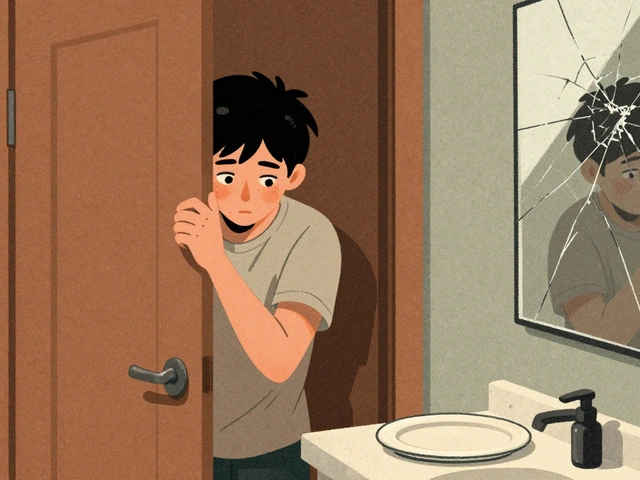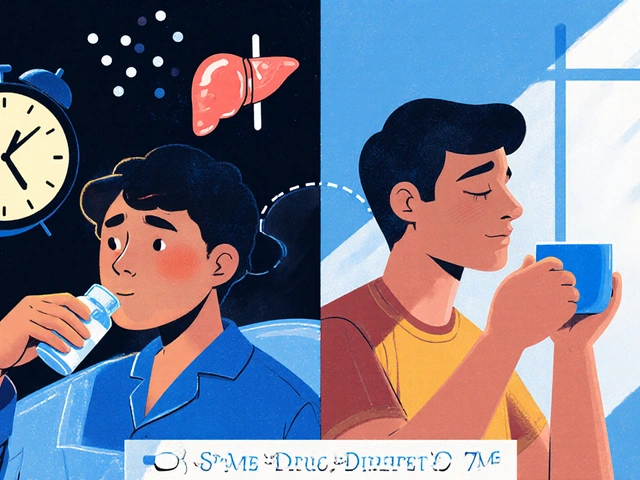Help Teen Depression – Your Go‑To Resource
When dealing with Help Teen Depression, a set of proven actions aimed at easing emotional distress in adolescents. Also known as adolescent depression assistance, it blends therapy, lifestyle tweaks, and sometimes medication to lift a teen’s mood. help teen depression often starts with Mental Health Counseling, professional guidance that teaches coping skills and emotional regulation. Another key player is Cognitive Behavioral Therapy (CBT), a structured approach that rewires negative thought patterns, and Family Support, the involvement of parents and siblings in creating a safe, understanding environment. Together, these pieces form a practical roadmap for teens in crisis.
Teen depression isn’t a fleeting mood; it’s a persistent condition that can derail school, friendships, and future plans. Studies show that roughly one in five high schoolers experiences depressive symptoms that last weeks or months. The impact is real: lower grades, higher dropout rates, and an increased risk of substance misuse. Recognizing that “help teen depression” is a multi‑layered effort helps families avoid the trap of thinking a single solution will fix everything. In reality, it requires a blend of early detection, tailored therapy, and, when appropriate, medication.
One of the most effective ways to help teen depression is through evidence‑based therapy. CBT, for instance, teaches teens to spot distorted thoughts, challenge them, and replace them with realistic alternatives. Mindfulness exercises add another layer by training attention to stay in the present, reducing rumination. Physical activity, especially regular aerobic exercise, boosts endorphins and improves sleep quality—both critical for mood regulation. When therapy, mindfulness, and movement are combined, the result is a robust coping toolkit that many teens can adopt without feeling like they’re taking a “pill for everything.”
Medication does play a role for many adolescents, especially when symptoms are severe or therapy alone isn’t enough. Selective serotonin reuptake inhibitors (SSRIs) like fluoxetine have the strongest safety record for teens, but they require careful monitoring for side effects such as increased anxiety or rare activation of suicidal thoughts. A psychiatrist will weigh the risk‑benefit ratio, often starting with the lowest dose and adjusting gradually. When medication is part of the plan, it’s never a stand‑alone fix; it works best alongside counseling and lifestyle changes, reinforcing the broader strategy to help teen depression.
Family dynamics can either amplify or ease depressive feelings. Open communication, consistent routines, and showing empathy without judgment are core components of supportive parenting. Families that involve teens in decision‑making and respect their growing autonomy tend to see quicker mood improvements. Schools also contribute by offering counseling services, peer‑support groups, and accommodations for academic stress. When teachers and counselors collaborate with families, they create a safety net that catches early warning signs before they become crises.
Early detection is a cornerstone of any successful plan. Simple screening tools—such as the PHQ‑9 modified for adolescents—can be administered in a school nurse’s office or during a routine pediatric visit. These questionnaires ask about sleep, interest in activities, and feelings of hopelessness, providing a quick snapshot of a teen’s mental state. When scores cross a certain threshold, it triggers a referral to a mental‑health professional, ensuring that help arrives before the situation escalates. In this way, help teen depression becomes proactive rather than reactive.
Practical Steps You Can Start Today
Start by setting up a regular check‑in time with the teen—no distractions, just a genuine conversation about how they’re feeling. Encourage them to keep a short journal of moods and triggers; patterns often emerge that guide therapy focus. Introduce a short daily walk or a sport they enjoy; the goal is movement, not performance. If you suspect depression, talk to the pediatrician about a screening questionnaire and ask for a referral to a therapist experienced with adolescents. Remember, combining therapy, family support, and, if needed, medication forms a comprehensive plan that truly helps teen depression in the long run.
Below you’ll find a curated collection of articles that dive deeper into each of these areas—whether you’re looking for detailed medication guides, step‑by‑step CBT exercises, or tips on fostering a supportive home environment. Explore the resources to equip yourself and the teen in your life with the tools they need to move forward.
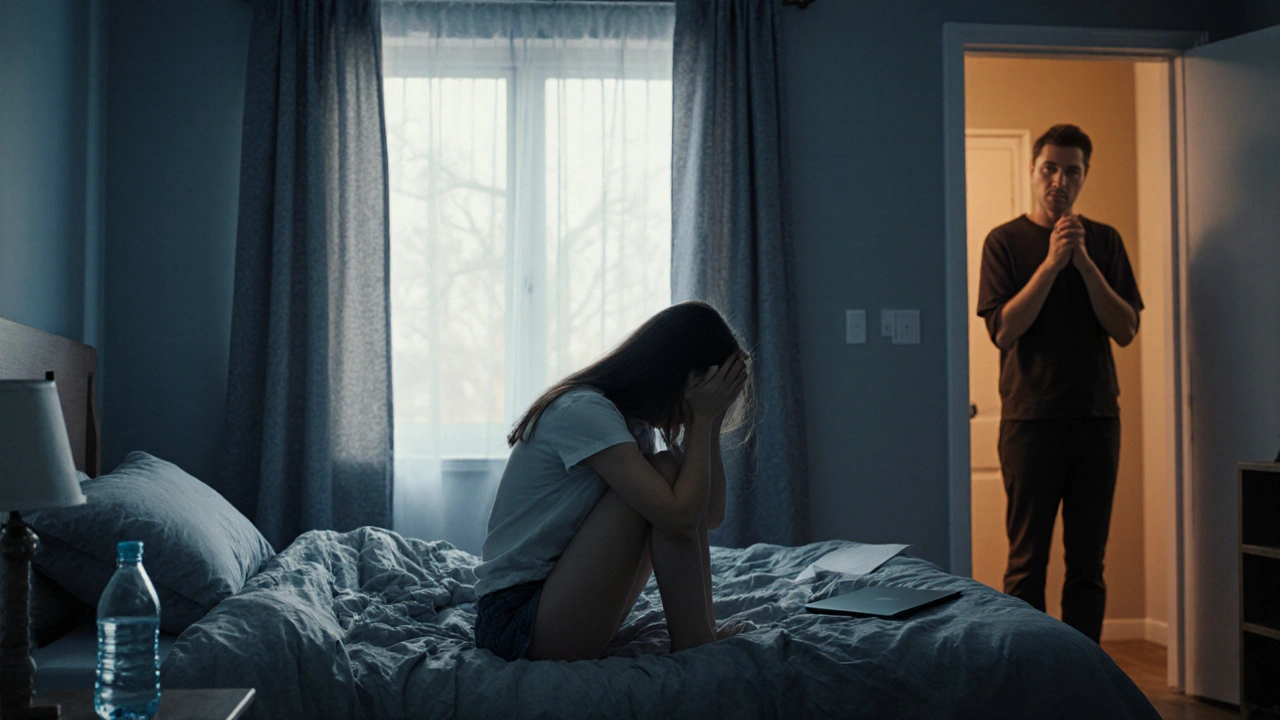
- Oct 2, 2025
- Posted by Cillian Osterfield
How to Spot Early Warning Signs of Depressive Disorder in Teens
Learn to identify early warning signs of depressive disorder in teens, differentiate from normal mood swings, and take actionable steps to get help.
Categories
- Health and Wellness (61)
- Medications (45)
- Health and Medicine (22)
- Pharmacy Services (11)
- Mental Health (5)
- Health and Career (2)
- Medical Research (2)
- Business and Finance (2)
- Health Information (2)
Latest Posts
©2025 heydoctor.su. All rights reserved

